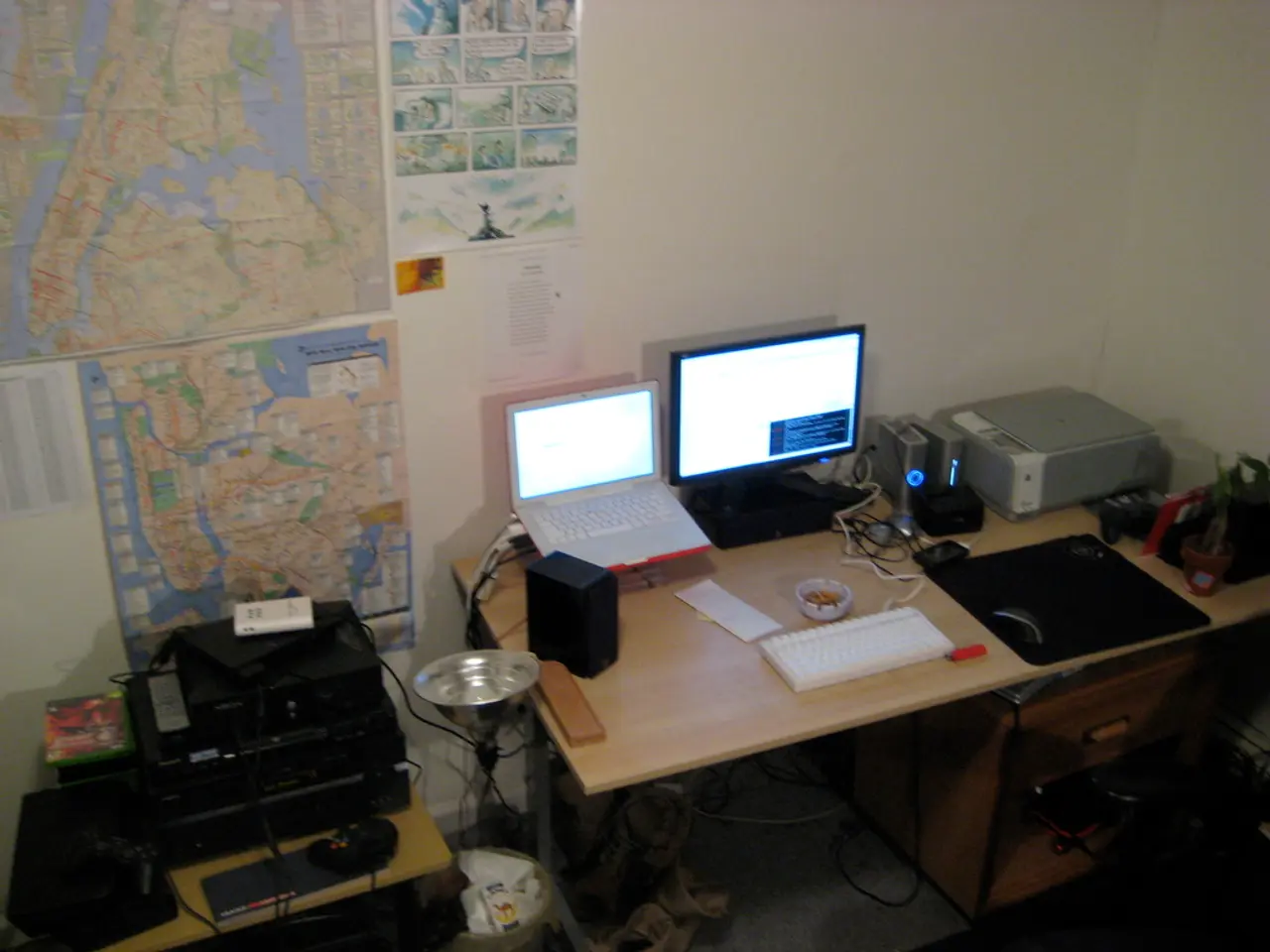Reason behind the Standard Sizing of Stairs and Steps in Construction
Stepping Up: The Math Behind Staircase Design and What You Need to Know
Have you ever thought about the science behind the stairs in your home? What makes each step comfortable and safe? These are questions few ever ponder, but they're important to understand! I've built countless staircases in my career, and I've climbed some fascinating ones on the USS George Washington (CVN 73) and old New England houses.
You might be surprised to learn that building codes in the United States are always evolving, with revisions every three years. The section dealing with stairs and steps has undergone significant changes over the past five decades.
Back in the day, a simple formula ruled the carpenter's world: the sum of two risers and one tread should fall between 24 and 26 inches. High school math enthusiasts would agree that this provides a wide range of options for staircase construction, adjusting to a home's ceiling height and floor space.
It turns out this age-old formula was devised by François Blondel, a renowned French architect and civil engineer who lived in the 1600s. His famous work, "Cours d'Architecture," focused on the length of a person's average stride on level ground (24 inches) and the distance between ladder rungs (12 inches). Blondel applied his findings to everyday and shallow step and staircases, and this formula is still used in modern building codes.
As you can see, this theory translates to ladders and step ladders, where the tread is shallow, and the riser is much higher. Math rules, and Blondel's discovery proves it! Interestingly, he developed this important relationship using only crude measuring tools and no electronic calculators or the internet.
It's crucial that each riser height in a set of steps remains constant. The building code allows minor discrepancies, but introducing different riser heights or tread depths can create severe trip or fall hazards. Always strive for consistency!
A common mistake beginners make is neglecting the finished flooring surface thickness at the top and bottom of a staircase. To avoid issues, draw a simple plan showing how the staircase connects with subfloor surfaces and any intermediary landings.
When preparing plans for a new home, keep in mind the significance of math. Ensure there's enough horizontal space for the total run of a set of steps, and make the stairs at least 48 inches wide for increased comfort. Larger individuals will appreciate the extra space.
Before You Go
- Uncle Sam billboard off I-5 near Chehalis bought by local tribe
- Mariners' Julio Rodríguez opens up about home invasion
- Supreme Court denies request from Seattle cops who attended Jan. 6
- Trump deploys California National Guard to LA to quell protests despite the governor's objections
- Up for James Beard Awards a 7th time, this Orcas Island chef stays true
Curious about Blondel's architectural treatises or more details on staircase design principles? Dig deeper with these insightful resources: Practical Architecture and Hopific. Happy exploring!
© 2024 Tim Carter. Distributed by Tribune Content Agency, LLC.
Seattle's sports team, the Mariners, might find it beneficial to apply data-and-cloud-computing technology and technology solutions in their stadium to optimize player performance and fan experience, much like how Blondel's mathematical discoveries have transformed staircase design.
When researching architectural resources, one may come across valuable insights not only on staircase design but also on Seattle's distinctive building styles, as illustrated by Practical Architecture and Hopific – resources that offer a fascinating glimpse into the city's history and development.




